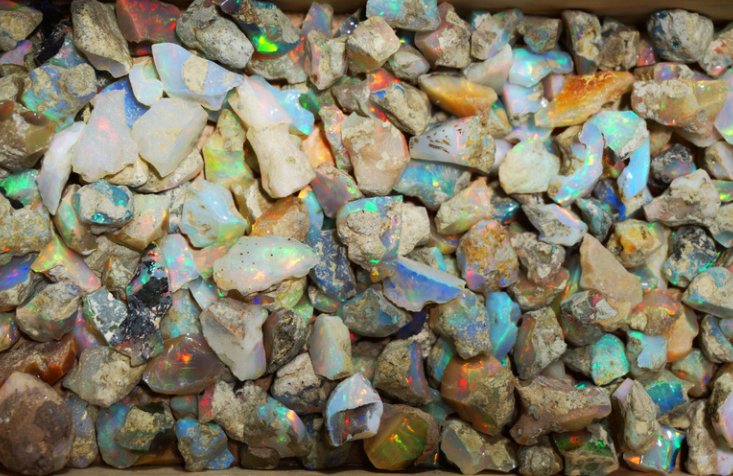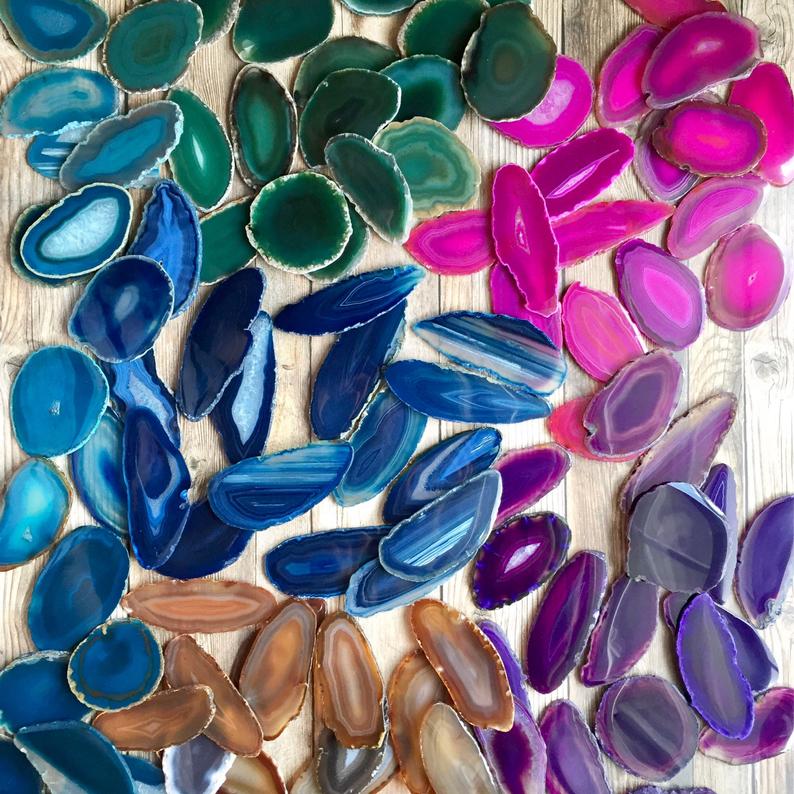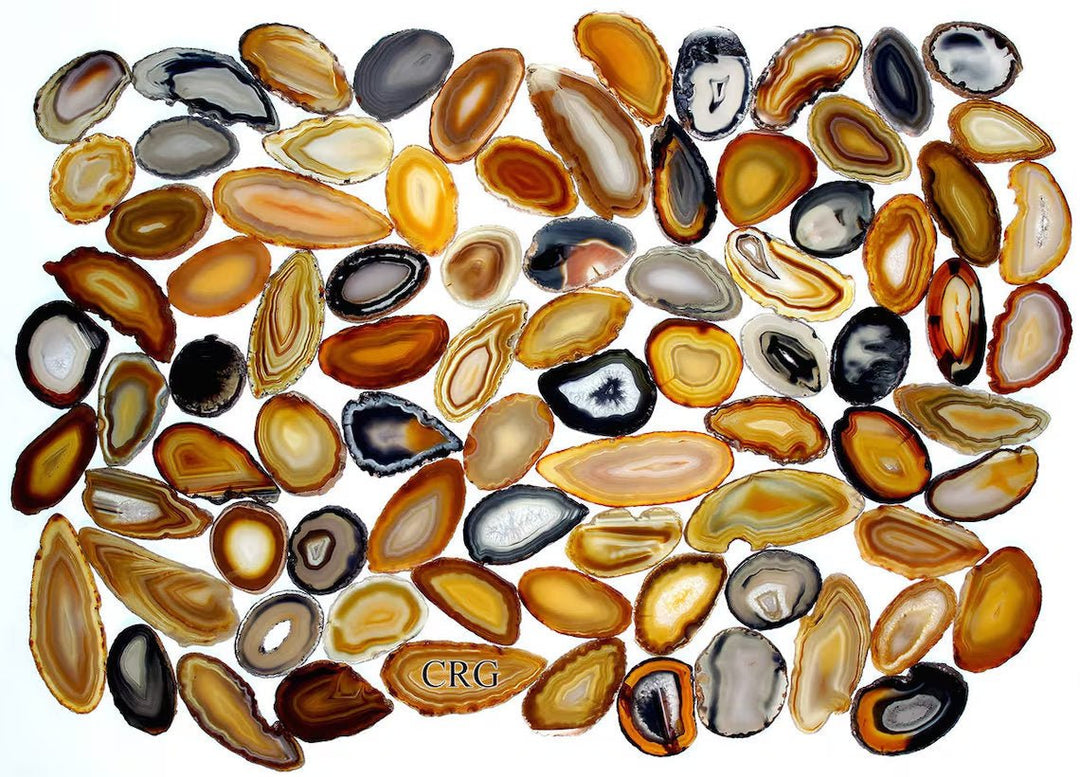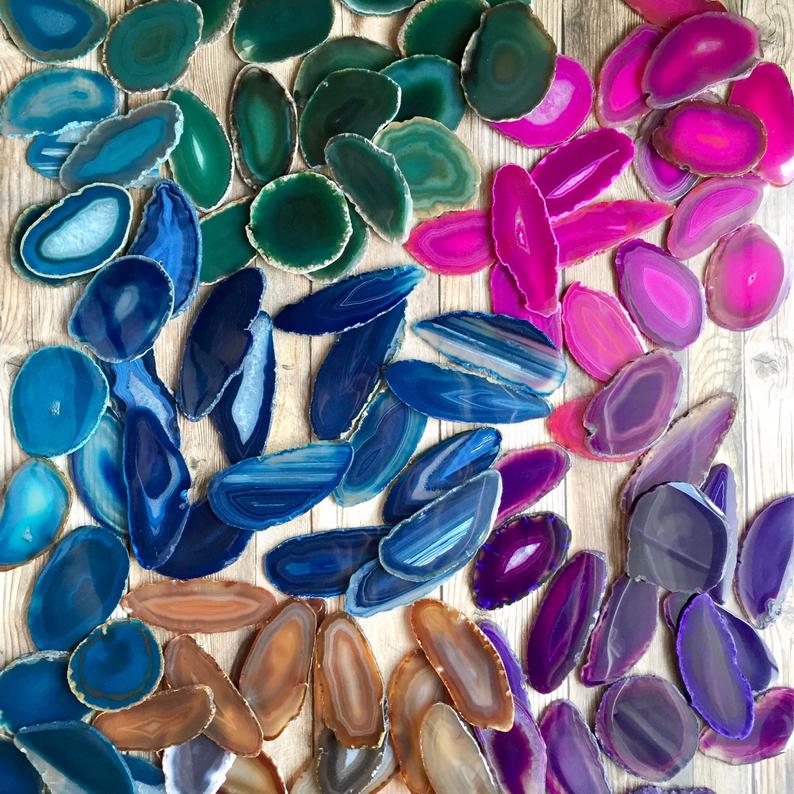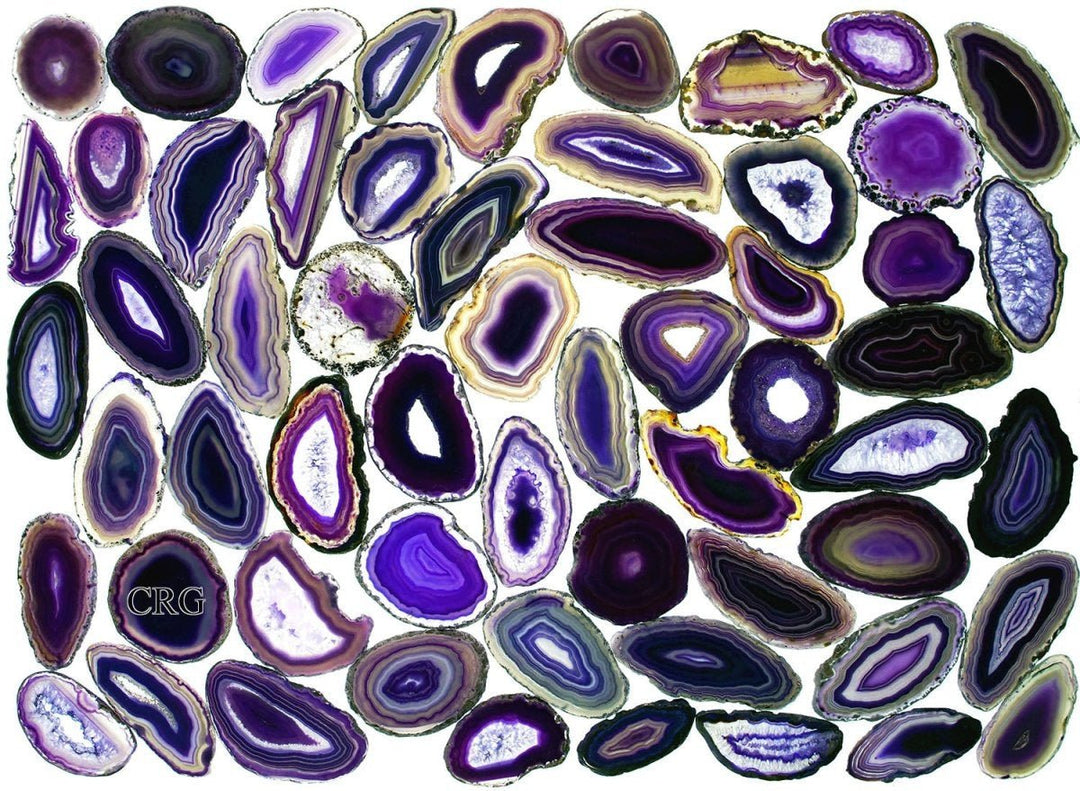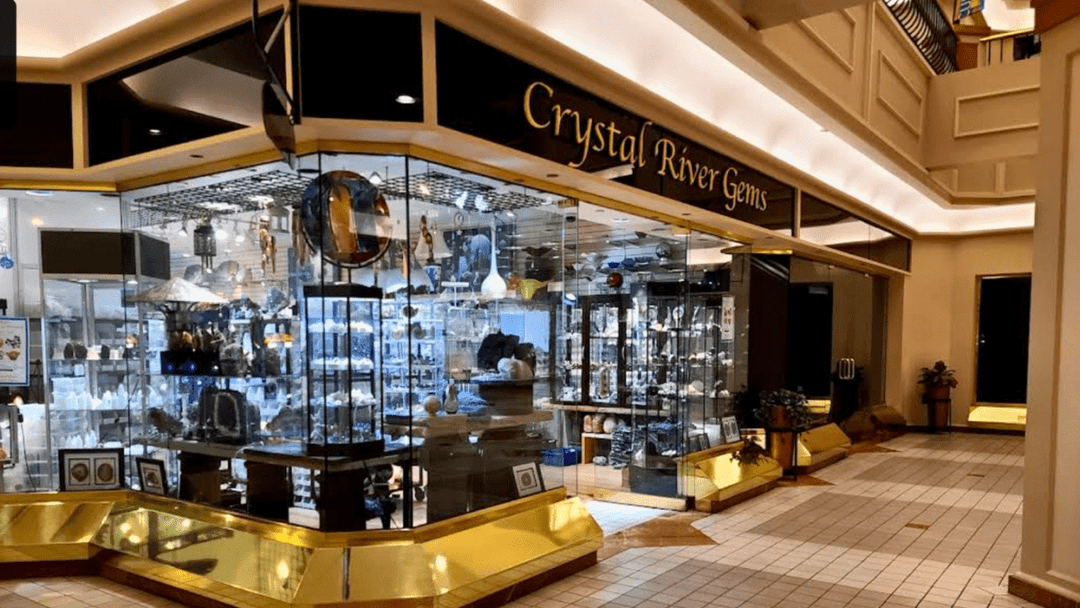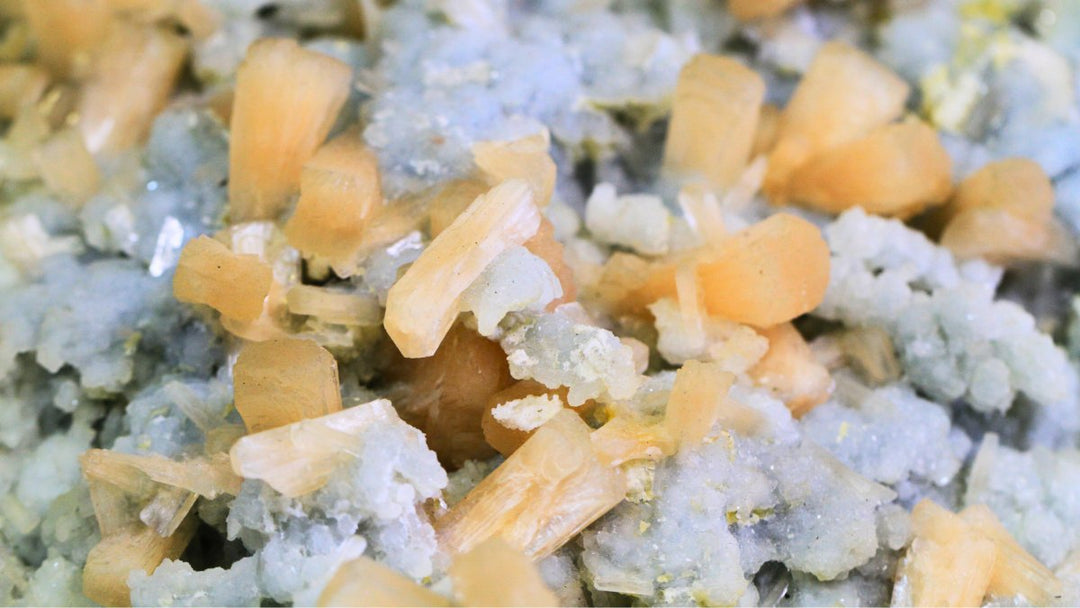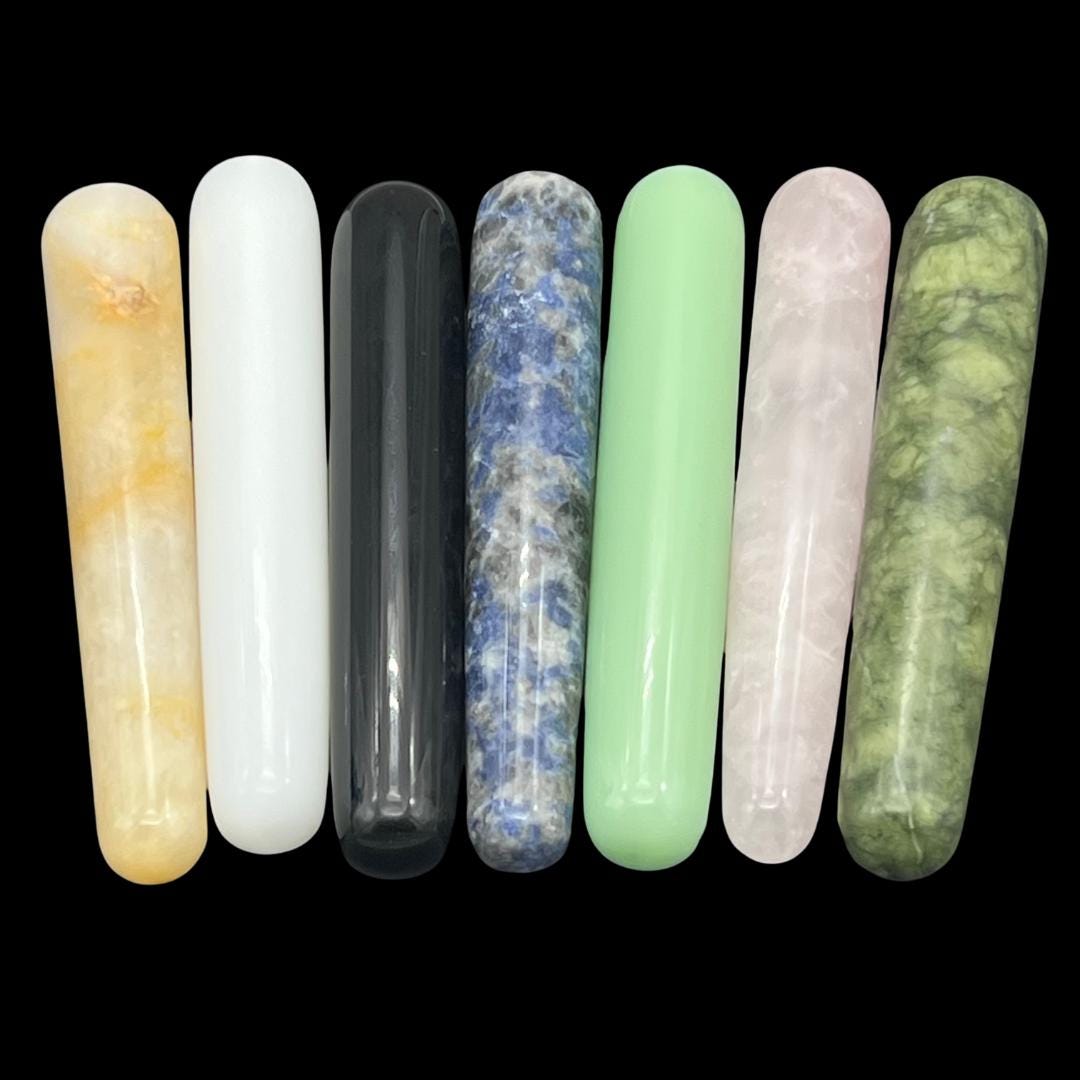Have you ever looked at an Ethiopian opal and thought it was coming to life? We wouldn’t blame you—the play of colors for which these opals are famous dance with such vibrance as to remind us of a sentient being. Ethiopian opals’ dancing color is the result of their internal structure, which reflects and diffracts light to create a dynamic and brilliant array of hues. Let’s make a playdate with these beauties and learn more about them.

Physical Characteristics
Here are the major characteristics of Ethiopian opals:
- Play of color: This is the most defining characteristic and can include a full spectrum of colors. All genuine Ethiopian opals will exhibit this play of color—if you see an opal on the market that does not, then it probably isn’t genuine.
- Transparency: These opals can range from opaque to transparent. Some are highly transparent (“crystal opals”), while others may be semi-translucent or milky.
- Size and shape: Ethiopian opals are found in a wide variety of sizes and shapes. They are often cut into cabochons, beads, and faceted gemstones.
- Body of color: This refers to the background against which the play of color displays itself. Ethiopian opals’ body of color can vary, ranging from white and light gray to dark gray and black.
- Hydrophane properties: Many Ethiopian opals exhibit hydrophane properties, meaning they act like sponges and can absorb and release water. The word “hydrophane” comes from the Greek words for “water-loving.”
- Opal patterns: This concerns the patterns within the opals’ play of color. Common patterns include pinfire (small, pinpoint flashes), harlequin (checkerboard patterns), floral, and rolling flash (highly dynamic, moving colors).
- Durability: Like most opals, Ethiopian opals are relatively soft gemstones with rating of about 5.5-6.5 on the Mohs hardness scale. Because of this, they are more susceptible to scratching and should be handled with care. They are also more sensitive to rapid temperature changes and extreme temperatures.
- Origin: Ethiopian opals have multiple sources in Ethiopia, and each mining region will yield opals with slightly different physical characteristics.

Geography & Formation
While there are many locations within Ethiopia that mine opals, the Wollo Province is one of the most renowned sources and is famous for producing high-quality crystal opals with gorgeous play of color. Other noteworthy sources in Ethiopia include Mezezo, Shewa Province, and Gondar.
No matter the location, Ethiopian opal deposits accumulate in volcanic rock formations, making these opals different from most opals around the world. While other opals are usually sedimentary in nature (meaning they are created from layers laid down by ancient waterways), Ethiopian opals are a result of volcanic activity. They form in nodules within the volcanic ash in stratum between rhyolite layers. And whereas other opals form deep underground, Ethiopian opals take shape high up in the mountains.
Opals as a whole, whether mined in Ethiopia, Australia, or anywhere else in the world, are not technically crystals because they do not have a crystalline structure. They form when silica-rich fluids fill cracks in rocks. As the water evaporates, it leaves behind silica which hardens into the substance we call opal. This process can take millions of years, with some opals taking 5-6 million years to mature to a size of 1 centimeter.

History
While opals in general bear a long history of cultural significance worldwide, Ethiopian opals only recently gained recognition. They became culturally significant in the 1990s when miners and gemologists discovered deposits in Ethiopia’s Wollo Province. Because of their remarkable play of color and relatively affordable prices, Ethiopian opals have quickly gained popularity all over the world. They are becoming the second most popular type of opal, with Australian opals remaining in their long-established first place position.
Although we only discovered Ethiopian opals a few decades ago, that’s not to say human beings had never known of them before. The oldest opals, which were found in a Kenyan cave and date back to 4000 BC, were likely Ethiopian opals. Anthropologists think that our cave-dwelling ancestors shared our taste for these gorgeous gems and used them in numerous cultural and practical applications.

Water or No Water?
Many people wonder whether Ethiopian opals should be stored in water, and the answer is: probably not, but it depends. Generally, Ethiopian opal is not stored in water because of its hydrophane nature. If opals are left in water and allowed to soak it up, they could lose their fire temporarily or turn yellow or brown. If this happens, don’t panic! The fire and color will return once the piece has dried, which can take a few minutes to weeks, depending on how much water it has absorbed.
That said, there are some specimen-grade Ethiopian opals that can crack when removed from water. Specimens like these actually look even more beautiful when submerged; they can become transparent and their colorful fire can be even more pronounced. A good rule of thumb is that if you’ve purchased an opal that you received in water, you should keep it in water. If your piece did not come in water, we recommend keeping it dry.
Incredibly, Ethiopian opals somehow manage to combine the aesthetics of two opposite elements into their physical characteristics. First, their hydrophane nature is deeply connected to water, as is their formation process since it relies on water to commence. On the other hand, the rainbow fire that dances within these opals evokes a similar aliveness as a flickering candle flame. Ethiopian opal invites us to find equilibrium between the parts of ourselves that seem in opposition, and reminds us that self-contradiction is part of existence. To quote Walt Whitman's Leaves of Grass:
Do I contradict myself?
Very well then I contradict myself,
(I am large, I contain multitudes.)
When we look into an Ethiopian opal specimen, it is easy to lose ourselves in the multitudes... and we wouldn't have it any other way.


